人教版高中英语必修一 Unit 3 Travel Journal reading 课件(共50张PPT)
文档属性
| 名称 | 人教版高中英语必修一 Unit 3 Travel Journal reading 课件(共50张PPT) | 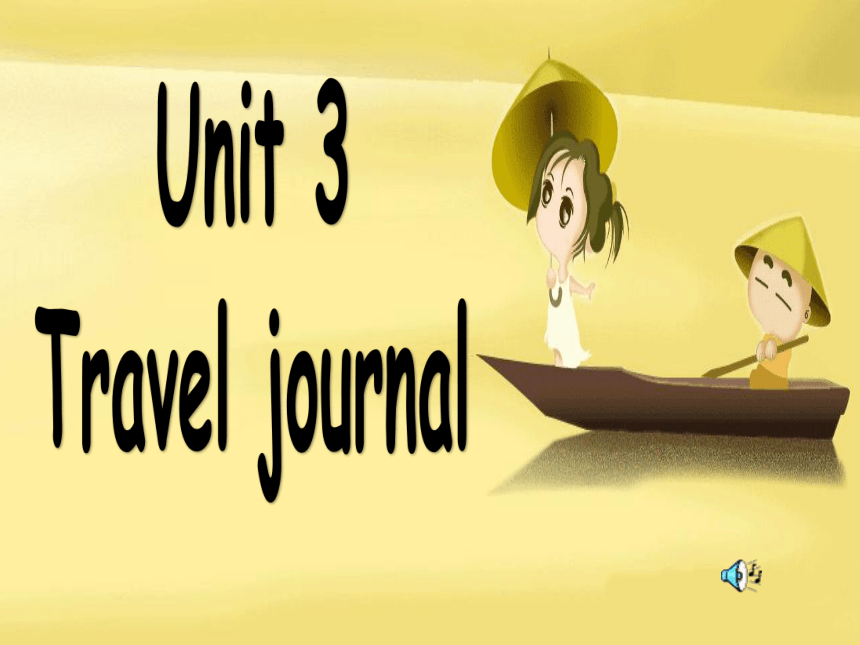 | |
| 格式 | zip | ||
| 文件大小 | 12.4MB | ||
| 资源类型 | 教案 | ||
| 版本资源 | 人教版(新课程标准) | ||
| 科目 | 英语 | ||
| 更新时间 | 2019-12-14 21:52:17 | ||
图片预览



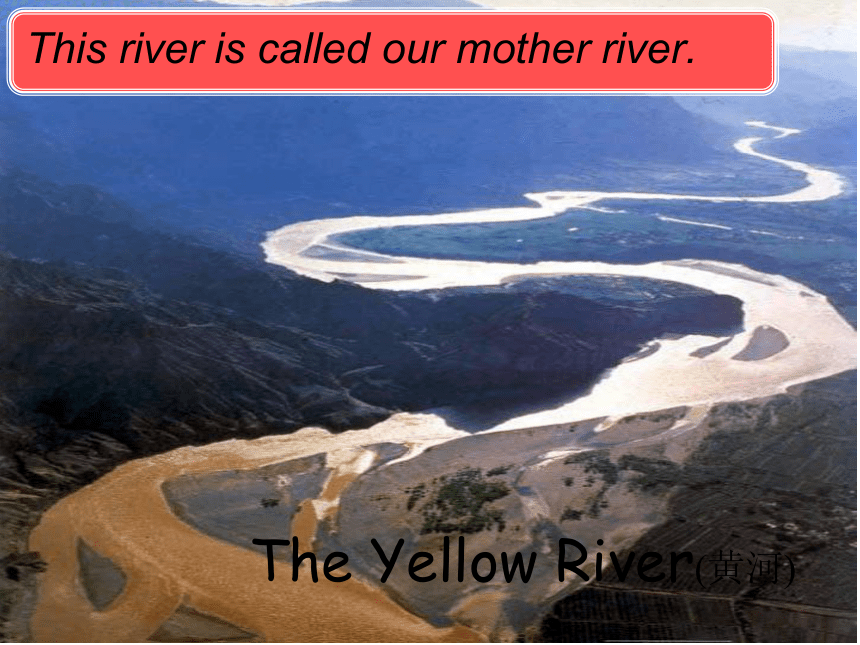
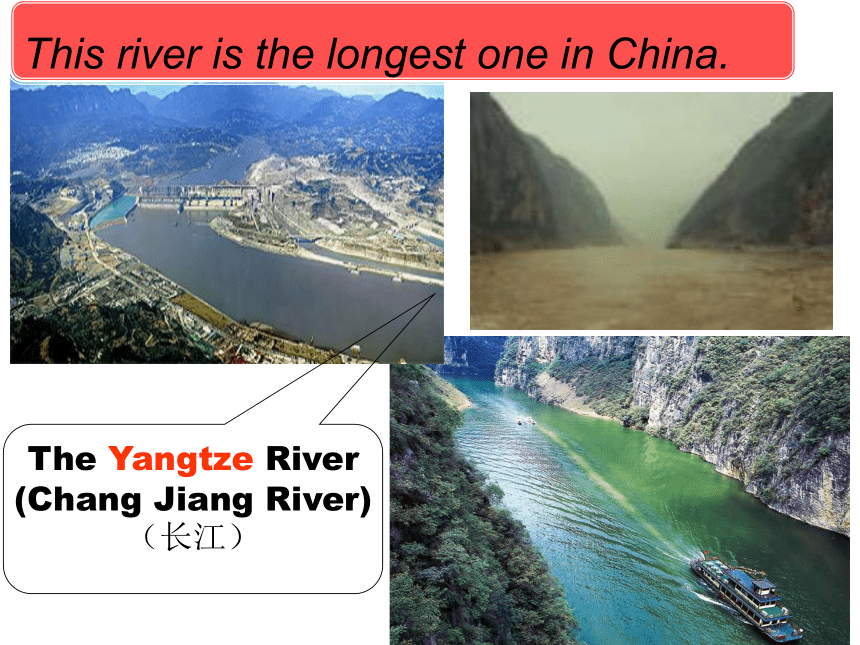
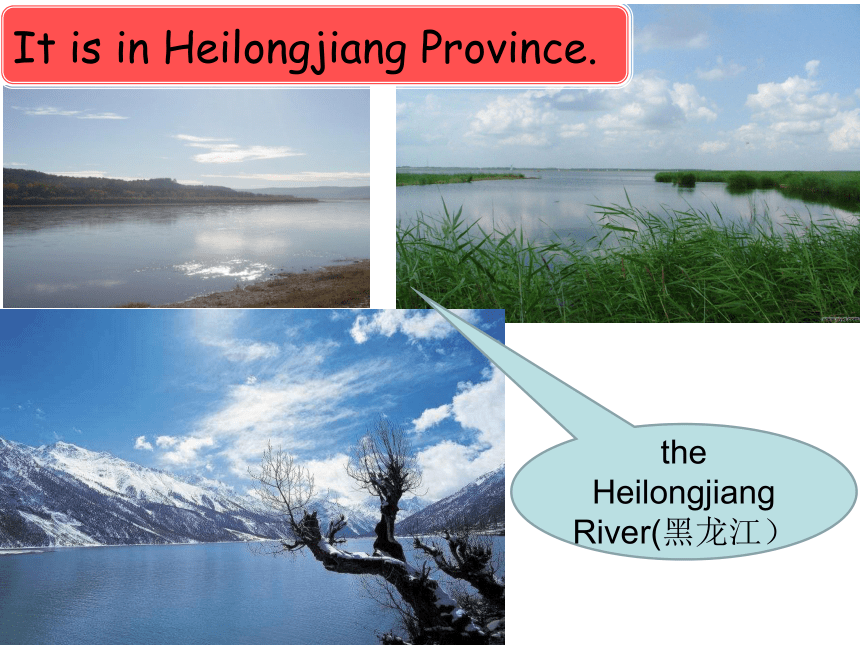

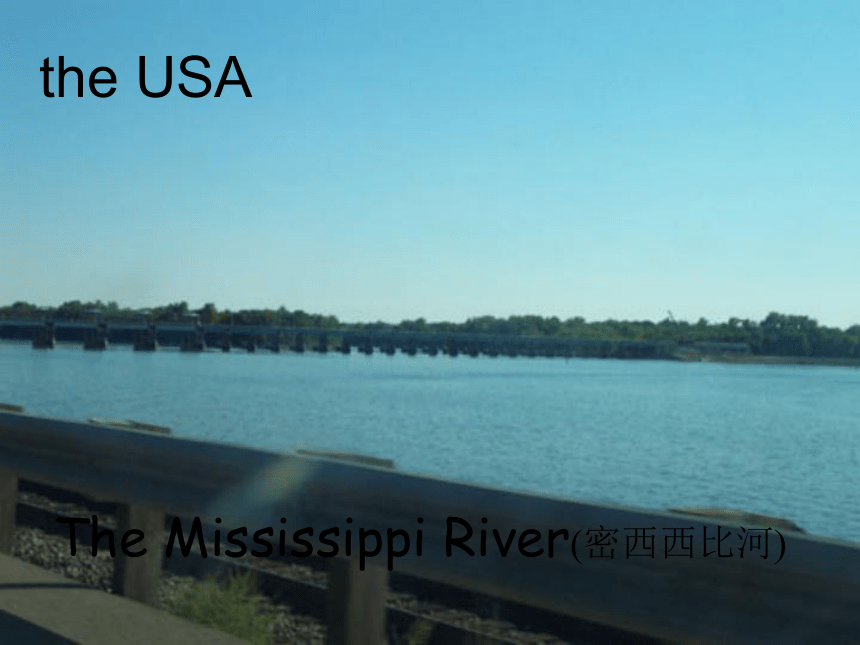

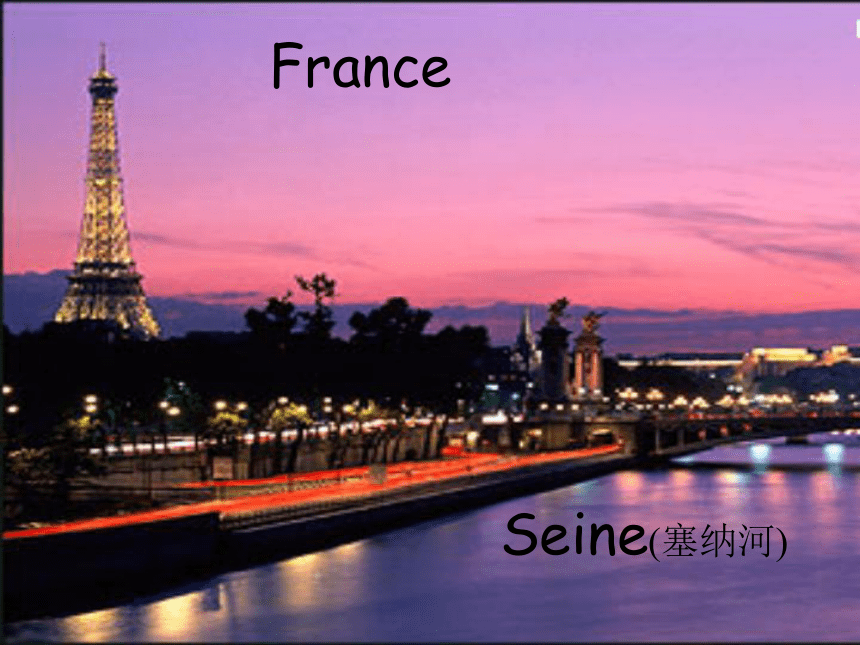
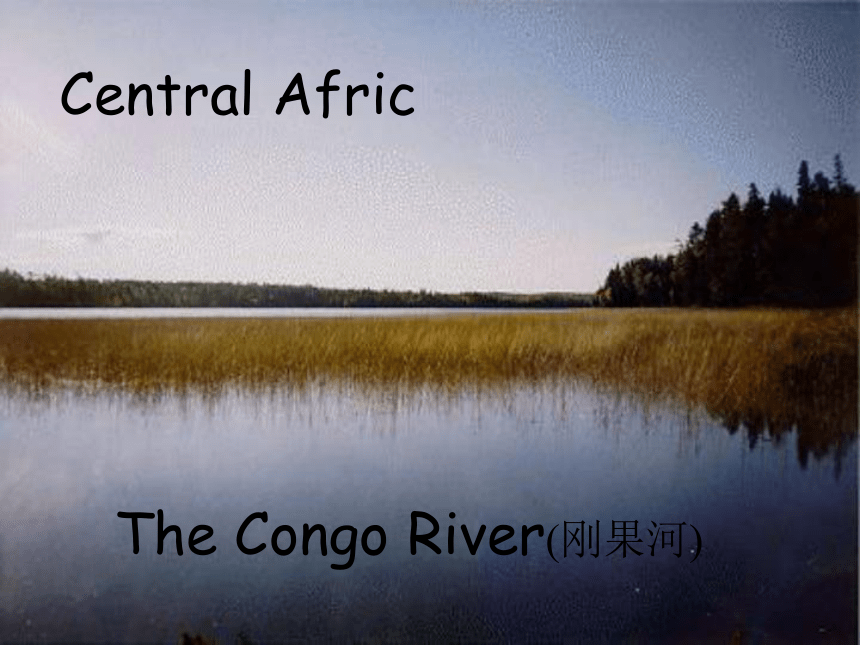
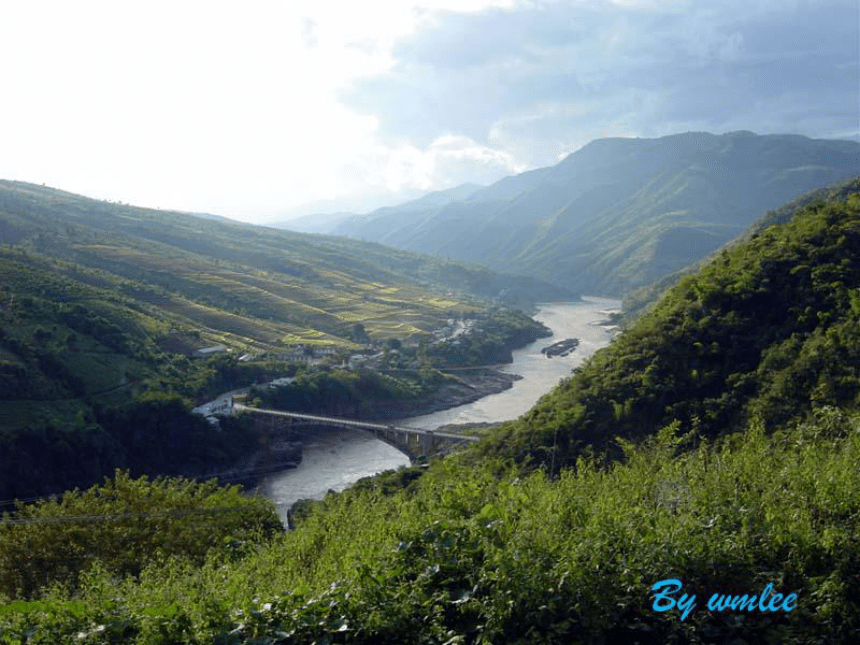
文档简介
(共50张PPT)
The Yellow River(黄河)
This river is called our mother river.
The Yangtze River (Chang Jiang River)
(长江)
This river is the longest one in China.
The Heilungkiang River(黑龙江)
the Heilongjiang River(黑龙江)
It is in Heilongjiang Province.
Thames(泰晤士河)
England
The Mississippi River(密西西比河)
the USA
Nile(尼罗河)
Egypt
Seine(塞纳河)
France
The Congo River(刚果河)
Central Afric
China
Myanmar
Laos
Vietnam
Cambodia
Thailand
It runs through ______ countries
six
the Lancang
River
the Mekong River
Journey Down the Mekong
Para1
The Dream and the Plan
Reading
What’s the reading about?
Predict
main idea
skimming
* Read the title.
* Read any headings and sub- headings.
* Notice the picture.
* Read first or last sentence.
* Notice any italicized or boldface
words or phrases.
main idea
Para 1
Para 2
Para 3
---information of
the Mekong River
---a journey
---WangKun&Wang Wei
learning tasks
Wang Kun, Wang Wei,
after graduating from college
by bike
along the Mekong River from...to...
Task1
scanning
Journey
Who
When
How
where
It's your turn
Interviewing
be doing → future
para 1--
Was it suddenly that Wang
Kun and Wang Wei decided to
take the bike trip? and why?
careful reading
(4 words or phrases)
…dreamed about …
… bought …
…persuaded me to buy ...
…visited …
… got a chance…
stubborn
1.What kind of person is WangWei?
2.How do you know ?
Task2
careful reading
verb.
Wang Wei
Wang Kun
be fond of
kept asking(when...)
asked (whether)
told her the source of
told her ...an altitude of
told her the air
--- didn't konw ...insisted
---doesn't care about
---determined look
--- excited
---interesting
}
stubborn
enthusiastic
optimistic
active
energetic
brave
careful
cautious
wise
reliable
diligent
(a bit) timid
It's your turn
Acting
direct → indirect
speech speech
(lines body language)
What can you see along the
Lancang River and the
Mekong River?
Task3
glacier
waterfall
plain
valley
delta
rapids
What can you see along the Mekong?
It begins in a ______ on a ________ _________________.
glacier
mountain
in Qinghai Province.
Then, it moves quickly. It becomes
______ as it passes through deep ______.
rapids
valleys
Sometimes, the river becomes a _______ and enters wide _______ .
valleys
waterfall
At last, the river _____ enters ____________
___________.
delta
It makes wide ______or
__________ through low
valleys to the ________
where rice grows.
plains
bends
meanders
the South
China Sea
The Mekong begins
in a glacier on a montain.
At last the river delta
enters the South China
Sea.
At first, the river is small.
Then it begins to move quickly.It becomes rapids as it passes through deep valleys, travelling across Yunan Province. Sometimes the river becomes a waterfall and enters wide valleys
It makes wide bends or meanders through low valleys to the plains where rice grows.
It's your turn
a guide
4. Why did Wang Kun use the title Journey DOWN the Mekong?
Down to the South
It begins at an altitude of 5000 metres.
It runs through low valleys to the plains, and the river delta enters the South China Sea.
Brain Twister
My gains from the Reading.
summary
Share with each other.
enjoying
thinking
1 what can we make use of rivers to do ?
……
How do people who live beside a river make use of it?
Brain
go swimming
travel along a river
to irrigate(灌溉)our fields
to make electricity
storming
thinking
2. What is happening to rivers?
pollution
commit a crime
thinking
3. what can we do for rivers even nature ?
Homework
1.A--Prepare a short speech about how to
protecing rivers.
B--Make your plan about the National Day
holiday: A--report it by yourselves.
B--make up a dialogue with
your partner.
2. Read Para.3 to experience the beauty of
the sentences.
The Yellow River(黄河)
This river is called our mother river.
The Yangtze River (Chang Jiang River)
(长江)
This river is the longest one in China.
The Heilungkiang River(黑龙江)
the Heilongjiang River(黑龙江)
It is in Heilongjiang Province.
Thames(泰晤士河)
England
The Mississippi River(密西西比河)
the USA
Nile(尼罗河)
Egypt
Seine(塞纳河)
France
The Congo River(刚果河)
Central Afric
China
Myanmar
Laos
Vietnam
Cambodia
Thailand
It runs through ______ countries
six
the Lancang
River
the Mekong River
Journey Down the Mekong
Para1
The Dream and the Plan
Reading
What’s the reading about?
Predict
main idea
skimming
* Read the title.
* Read any headings and sub- headings.
* Notice the picture.
* Read first or last sentence.
* Notice any italicized or boldface
words or phrases.
main idea
Para 1
Para 2
Para 3
---information of
the Mekong River
---a journey
---WangKun&Wang Wei
learning tasks
Wang Kun, Wang Wei,
after graduating from college
by bike
along the Mekong River from...to...
Task1
scanning
Journey
Who
When
How
where
It's your turn
Interviewing
be doing → future
para 1--
Was it suddenly that Wang
Kun and Wang Wei decided to
take the bike trip? and why?
careful reading
(4 words or phrases)
…dreamed about …
… bought …
…persuaded me to buy ...
…visited …
… got a chance…
stubborn
1.What kind of person is WangWei?
2.How do you know ?
Task2
careful reading
verb.
Wang Wei
Wang Kun
be fond of
kept asking(when...)
asked (whether)
told her the source of
told her ...an altitude of
told her the air
--- didn't konw ...insisted
---doesn't care about
---determined look
--- excited
---interesting
}
stubborn
enthusiastic
optimistic
active
energetic
brave
careful
cautious
wise
reliable
diligent
(a bit) timid
It's your turn
Acting
direct → indirect
speech speech
(lines body language)
What can you see along the
Lancang River and the
Mekong River?
Task3
glacier
waterfall
plain
valley
delta
rapids
What can you see along the Mekong?
It begins in a ______ on a ________ _________________.
glacier
mountain
in Qinghai Province.
Then, it moves quickly. It becomes
______ as it passes through deep ______.
rapids
valleys
Sometimes, the river becomes a _______ and enters wide _______ .
valleys
waterfall
At last, the river _____ enters ____________
___________.
delta
It makes wide ______or
__________ through low
valleys to the ________
where rice grows.
plains
bends
meanders
the South
China Sea
The Mekong begins
in a glacier on a montain.
At last the river delta
enters the South China
Sea.
At first, the river is small.
Then it begins to move quickly.It becomes rapids as it passes through deep valleys, travelling across Yunan Province. Sometimes the river becomes a waterfall and enters wide valleys
It makes wide bends or meanders through low valleys to the plains where rice grows.
It's your turn
a guide
4. Why did Wang Kun use the title Journey DOWN the Mekong?
Down to the South
It begins at an altitude of 5000 metres.
It runs through low valleys to the plains, and the river delta enters the South China Sea.
Brain Twister
My gains from the Reading.
summary
Share with each other.
enjoying
thinking
1 what can we make use of rivers to do ?
……
How do people who live beside a river make use of it?
Brain
go swimming
travel along a river
to irrigate(灌溉)our fields
to make electricity
storming
thinking
2. What is happening to rivers?
pollution
commit a crime
thinking
3. what can we do for rivers even nature ?
Homework
1.A--Prepare a short speech about how to
protecing rivers.
B--Make your plan about the National Day
holiday: A--report it by yourselves.
B--make up a dialogue with
your partner.
2. Read Para.3 to experience the beauty of
the sentences.
